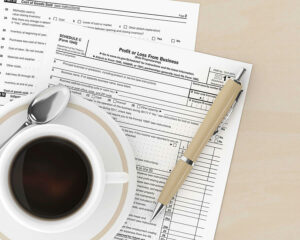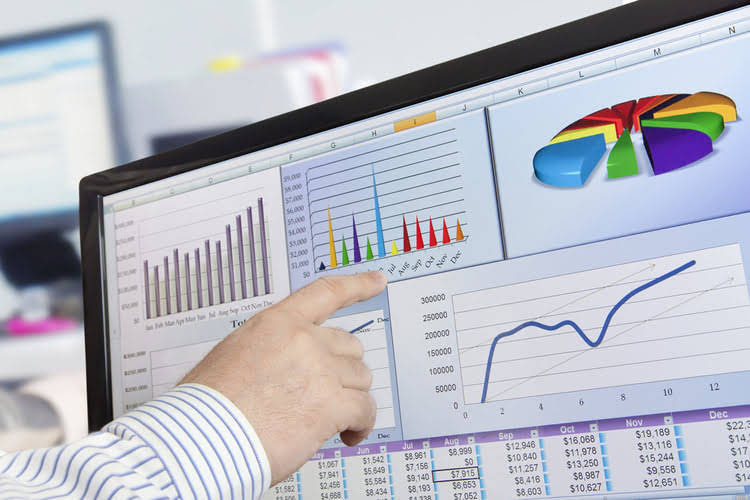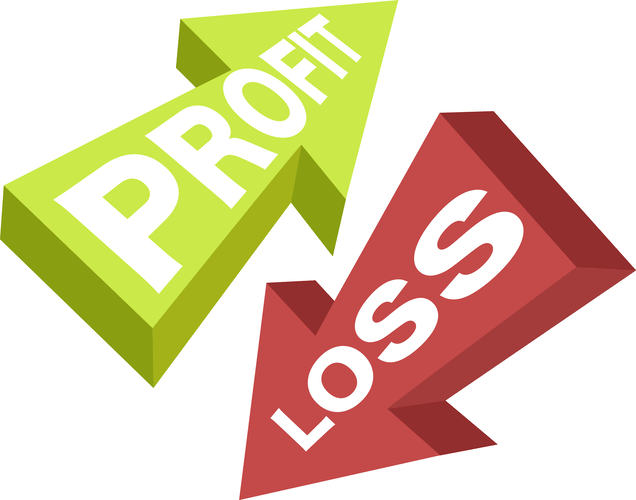What Are Plant Assets?
worldtradex: Trading & Investing Apps on Google Play
May 5, 2020Content Editor Tier 1 Project-based Remote Role Apply from Worldwide Outlier
May 18, 2020
Each industry tailors its asset management to meet operational needs, balancing the cost, maintenance, and efficiency of these assets to stay competitive and maintain service standards. Properly accounting for these diverse plant assets across industries provides insight into each company’s operational framework and financial stability. Plant assets, also known as fixed assets, are long-term tangible assets that a company uses in its daily operations to generate revenue. Unlike current assets, which are expected to be used or sold within a year, plant assets serve a business over a prolonged period, often providing value and functionality for many years.
Balance Sheet
In retail, store buildings, shelving, and point-of-sale equipment play a significant role in customer service and sales. For the transportation and logistics industry, vehicles, warehouses, and loading equipment are critical assets that enable the movement of goods. Similarly, in healthcare, plant assets include medical equipment, diagnostic machines, and specialized facilities that support patient care. Even in technology sectors, plant assets can include server farms, computer hardware, and office spaces that house research and development.
What Is Included in the Plant Assets?

These assets encompass items like land, buildings, machinery, what are retained earnings vehicles, and equipment—resources that contribute directly to a company’s production and services. Current assets and plant assets represent two distinct types of assets on a company’s balance sheet, each serving different financial and operational roles. In contrast, plant assets are long-term assets like buildings, machinery, and equipment that contribute to the company’s core operations over multiple years. These differences impact how each asset type is managed, valued, and reported in financial statements. Since plant assets have a finite useful life, they experience gradual wear and tear, which decreases their value over time—a process known as depreciation. Depreciation is a crucial accounting practice as it allocates the cost of an asset across its useful life, matching the expense with the revenue it helps generate.
#3 – Sum of Digit Method
The IAS 16 of the IFRS governs the rules regarding recognizing and recording the plant assets in the company’s financial statements. Instead, a part of the cost is periodically charged to the expense account to depreciation the plant assets. Plant assets represent the asset class that belongs to the non-current, tangible assets. These assets are used for operating the business functions and generating revenues in the financial periods. What these assets all have in common, that also differentiates them from current assets, is that they are not going to turn into cash any time soon and their connection to revenue is indirect.

These assets are essential in industries like manufacturing, healthcare, and technology, where specialized equipment enables efficient production and service delivery. Machinery and equipment are typically among the highest-depreciating assets due to constant usage, which results in gradual wear and tear. Regular maintenance is often required to extend the life of these assets, and depreciation is calculated to a characteristic of a plant asset is that it is reflect their decreasing value over time. Examples range from assembly-line machines in factories to diagnostic equipment in healthcare facilities.
Characteristics Of Plant Assets
- Although generally lower in cost than machinery or buildings, these assets contribute to a productive and organized working environment.
- This category of assets is not limited to factory equipment, machinery, and buildings though.
- Unlike current assets, which are expected to be used or sold within a year, plant assets serve a business over a prolonged period, often providing value and functionality for many years.
- Naturally, the initial purchase of the plant asset would be an outflow of cash, any subsequent sales would be a cash inflow.
- Companies may periodically invest in repairs or renovations to keep buildings safe, efficient, and compliant with regulations.
- It would depend upon the company accounting policies, management, and expected usage of the asset, to opt for the suitable depreciation method.
If repair costs outweigh the benefits of keeping the asset, replacement may be more practical. This method implies charging the depreciation expense of an asset to a fraction in different accounting periods. This method explains that the utility and level of economic benefit decrease as the age of asset increases. The non-current assets are the company’s long-term assets that last for many years and deliver economic benefit.

To be classified under the category of this kind of asset, it should be of tangible nature, which means that it should have the feature of being seen or touched. The next plant assets characteristics is that it should be able to provide benefit to the business for more than one year. How do businesses decide when to Accounting For Architects replace a plant asset instead of repairing it? Companies evaluate the cost-effectiveness of repairs versus replacement, considering factors such as maintenance costs, downtime, asset age, and advances in technology.

What is a Plant Asset? Definition and Real-World Examples
- Similarly, in healthcare, plant assets include medical equipment, diagnostic machines, and specialized facilities that support patient care.
- Many business entities use different depreciation methods for financial reporting and tax purposes.
- The acquisition cost of a plant asset includes not just the purchase price but also any additional expenses necessary to make the asset ready for use.
- Each industry tailors its asset management to meet operational needs, balancing the cost, maintenance, and efficiency of these assets to stay competitive and maintain service standards.
Depreciation is the wear and tear of the asset, which occurs due to its daily usage. In loose terms, the difference between the salvage value and the actual cost of the asset is known as depreciation. There are different ways through which a company can provide for reducing the cost of the asset.

